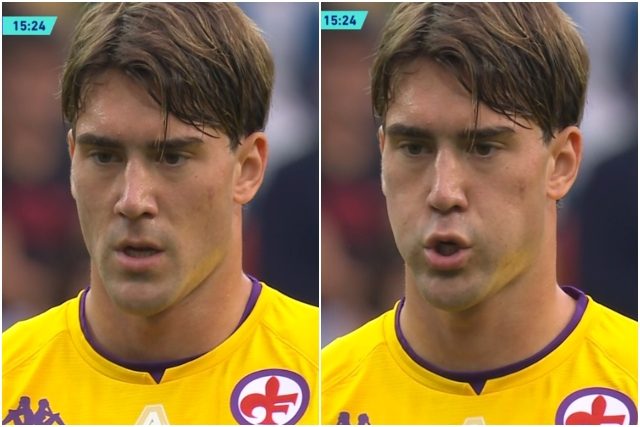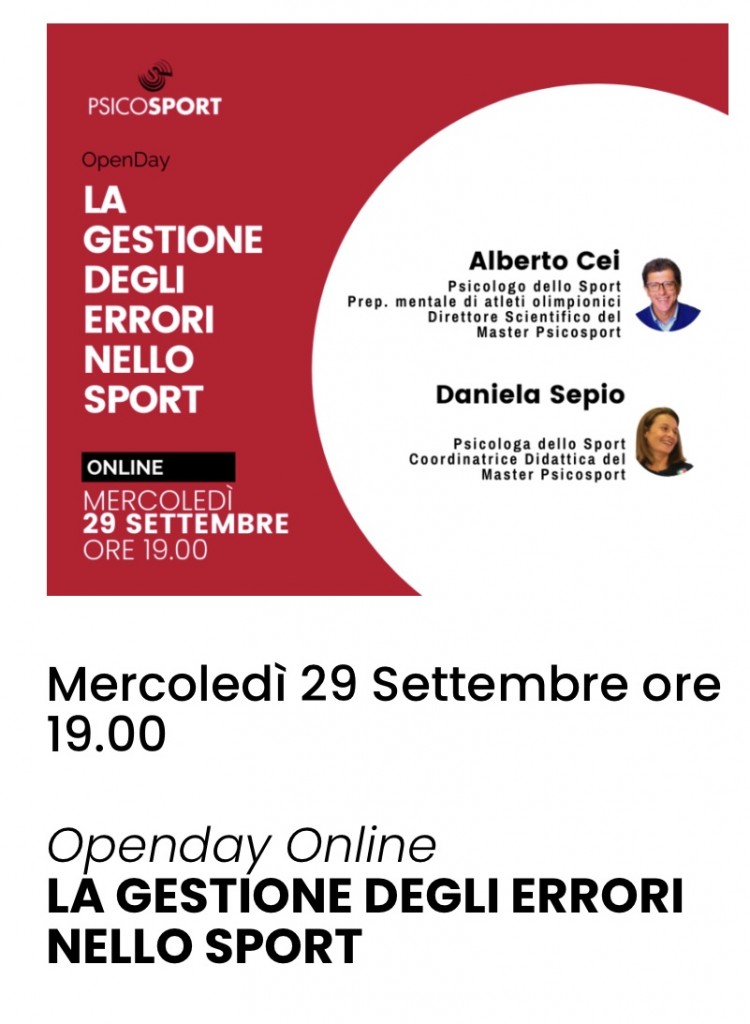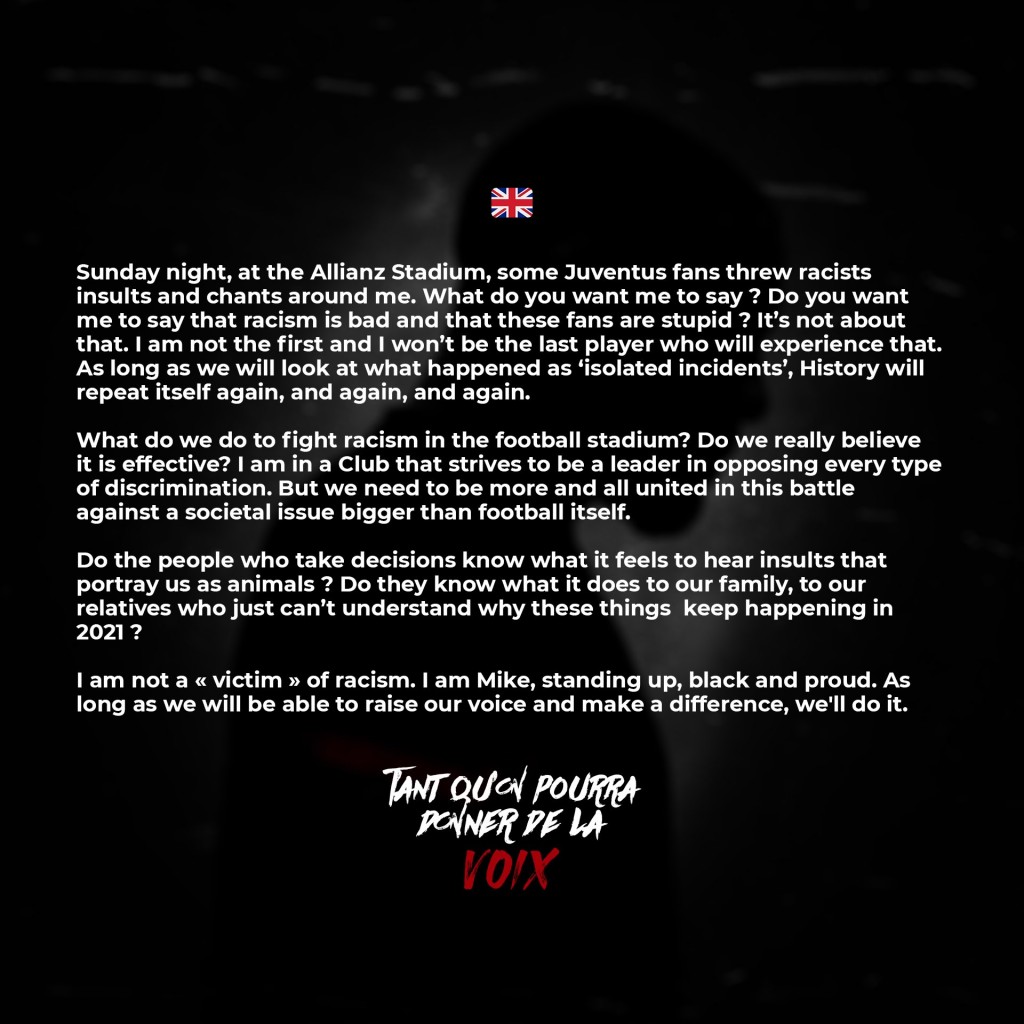The magazine Redattore Sociale returns to the visit of the Sports Department to the Fulvio Bernardini Uisp Roma sport center, with an interview with Tiziano Pesce, Uisp national president. The latter stressed the “political” importance of this meeting, which shifted the spotlight on the peripheries and on the deep problems that grassroots and neighborhood sports clubs are experiencing. The sport for all, which is played on the territories often peripheral and forgotten by all, represents a bulwark of inclusion and social redemption but today is experiencing a moment of transition and crisis.
“Sport is going to the periphery, and so is sports policy. This is the leap forward that Uisp asks of public decision-makers and politics in the sporting sphere: to consolidate the idea that sport is a right of all citizens, that it is an important aspect of health promotion and education, that it is a vector of social cohesion through the values of inclusion and sociality,” commented Tiziano Pesce. “As Uisp we will continue to strive to try to direct public policies of sport in support of social sport and for all, therefore of the associations and amateur sports clubs in the area – adds Tiziano Pesce – asking for a rebalancing of public resources allocated to sport.” In fact, those allocated to sport for all are largely insufficient, less than 4% of the total. In addition, the pandemic has exacerbated these inequalities and today associations and sports clubs are struggling to resume their activities. “There has been an estrangement of young people and families from sports courses, a series of regulations have compressed basic activities”, says the Uisp president.
The request is for extraordinary interventions in support of sports associations in the area. “We hope that in the next few days the restrictive rules on distances will be mitigated and we can return to an activity that involves a greater number of practitioners, both in the gym and in the pool, the latter being one of those who have suffered the most in terms of restrictions and then under the economic-financial aspect, while respecting the rules anticovid that Uisp has always favored with protocols responding to the Dpcm and decrees that have followed,” concludes Tiziano Pesce.
Also present at the meeting was Michele Scicioli, head of the Government Sports department, who said he was aware of both the value and the hardships that the sports world is facing: “We know that the problems of the sports world have fallen on the social fabric … We know how much grassroots sport has suffered in the last year and a half. The choice of this place is not accidental”. Also present was Simone Menichetti, president of Uisp Roma, who spoke of the great value of sport for all and the struggle to survive for many of the clubs that carry out this mission in the area: “A survey of our affiliated clubs revealed that over 30% have stopped their activities, while more than 25% have even closed, leaving a great void, because sport is a social and aggregative phenomenon. This facility is in a peripheral, popular neighborhood: born over 30 years ago, it has become one of the most used facilities in the area, but now it is experiencing great difficulties, after a year and a half of pandemic and the consequent closures. We must recover the ground that the pandemic has made us lose. And that it has made us lose to grassroots sport, more than to the sport of the great federations”.
The alarm raised by the sports promotion bodies regarding the closure of many activities was raised in an article in La Gazzetta dello Sport dedicated to the BeActive weekend. There was talk of the difficulties of grassroots sports; of the meeting on Friday at the Foro Italico between the Sports Department and three sports promotion organizations including Uisp; of “Pillole di movimento”, the project to encourage sports activities illustrated by Tiziano Pesce, president of Uisp. “One tries to react to difficulties in all ways. Precisely on the occasion of the Foro Italico event, Uisp launched “Pillole di movimento”, supported by the Sports Department. From January, 480 thousand boxes will be distributed in 32 Italian cities, a kind of “movement drug” already tested in the province of Bologna. Inside the box, you can find a special “bugiardino” where there will be a sort of decalogue of the importance of sport and proper lifestyles. But the package will be somehow customized city by city, because there will also be an indication of some addresses where you can practice sport with the possibility of a free trial of one month of membership to the chosen center,” says the article.
(Source: UISP)










